There are different ways one could look at the prospect of a two-tier-Swiss-flag-in-glass popping up on the waterfront by Helsinki’s market square. Here’s one, for example.
 The port of Helsinki closed down harbour functions here some while ago and what we have left is largely disused building or car-parking space. So perhaps it is time to move on from the port’s understanding (see website) that this is just some prime-quality SLOAP (Space Left Over After Planning).
The port of Helsinki closed down harbour functions here some while ago and what we have left is largely disused building or car-parking space. So perhaps it is time to move on from the port’s understanding (see website) that this is just some prime-quality SLOAP (Space Left Over After Planning).
Though of course it isn’t, and never was, left over that is.The idea of getting some of that footloose and still relatively abundant global (Norwegian) capital to settle in Helsinki is never, so it would seem, far from the minds of the city’s decision makers. Will Finns soon be meekly going where many others have gone before?
Having expanded at length on the HDHD previously and since the damning views by the international commentators are available online anyway (oh, Mr Holl, Helsinki needs you now!) we’ll move on to other aspsects of the debacle. For instance, waterfront development generally. Here’s what Finnish researchers Rauno Sairinen and Satu Kumpulainen had to say about it before the money wobble:
Today, urban waterfront regeneration takes place in a societal environment of increased capital mobility and inter-urban competition (…). Because cities have to compete for investments and affluent residents, city governments cannot merely manage the development, i.e. focus on the redistribution of resources, but have to actively pursue investments and publicity … Urban governance has expanded to involve not only the government but also a range of private and semi-public actors. This approach … based on public–private partnership, flagship projects, aggressive marketing and consumption-oriented projects such as retail and tourism centres, has been labelled entrepreneurial urban governance (…), and it is often well exemplified by large-scale urban waterfront regeneration projects.
(From ‘Assessing social impacts in urban waterfront regeneration’ in Environmental Impact Assessment Review 26 (2006) 120– 135)
If you left things at that, you’d want to give up on any semblance of critical debate whatsover and of course they don’t. In fact, the authors note that
According to the Land Use and Building Act there should be adequate investigation of
a plan’s potential environmental impacts, including implications for the community
economy, social, cultural and other effects. … environmental impacts are
understood as direct and indirect effects on:
– people’s living conditions and environment;
– plants and animals, water, air and climate;
– flora and fauna, biodiversity and natural resources;
– regional and community structure, community and energy economy and traffic;
– townscape, landscape, cultural heritage and the built environment.
Well, we haven’t seen these yet for the plot in question. Nor can we find anything recent on the City Planning Department’s website (even on its sweetly titled “participate and influence” page). [Updated 24.3] Initially we found no trace of the report on the cultural and architectural values of the area that was promised by Hannu Penttila a month or so ago and cheered us up so but a polite email to the City Planning Department fixed that problem and provided the link (in Finnish).
And why are we bothered? Because Helsingin Sanomat and other media reported that the hotel scheme is back off ice again, to be voted on early next month. The City Board already decided it was in favour of Norwegian money in the shape of a luxury hotel by ueber-starchitects Herzog + de Meuron, even while tons of other folks, including the Katajanokka Seura (local amenity society) are collecting signatures to make the (horrid) thing go away. In the mean time, however, the poor old politicians appear to be more and more worried that if they don’t embrace the thing (which some admit to not liking) they feel bound to go with it just so they get their hands on that money.
Alas, to imagine politicians saving municipal budgets through savvy real estate deals is to indulge in make-believe. And we don’t just mean Helsinki – London’s own spectacular Canary Wharf had to be saved by massive, massive injections of public money and by “legal” bolsterings of private enterprise.

And yet there is a precedent in Helsinki. Not knowing what was up, I photographed these port-a-cabins which signalled the start of something new to me back in September. Another hole in the ground perhaps, for Southern Helsinki’s fecundly reproducing cars, I thought at first. I didn’t find out about that one either on the Planning Department’s media outlets but rather via The Usual. It’s the plot on Neitsytpolku, (maybe Helsink’s answer to Maiden Lane) also known (aptly? ironically?) as the Kätilöopisto (College of Midwifery or Birthing Hospital) site. It was sold off in 1990 by the city to the Soviet Union, whose embassy was next door. Sale price: a paltry 75million granny’s markkas. Over the next few years the decision was bitterly contested as some folks suggested getting the land back, others at least to insist that planning permission be conditional on an architectural competition to include Finnish entrants. Didn’t happen.
In those days the journalists at The Usual looked to typical blunders of the times to inject a tone of criticism. They considered the various embassy buildings that Helsinki had, in moments of lax judgement it suggested, sold off to sovereign foreign states who then blithely ignored architectural context if not always planning regulations. Interestingly, they saved their most venomous language for the Norwegians and how they replaced a jugend villa by Selim Lindqvist with a box of aluminium and glass (perhaps to remind them of back home in Oslo?).
This could all be quite amusing if it weren’t for the way 21st architecture is getting just SOOOO BIIIG which in little Helsinki really doesn’t appeal at all. Mr Holl, if you have any views on Katajanokka or Helsinki still, might you publish somewhere prominent quite soon?

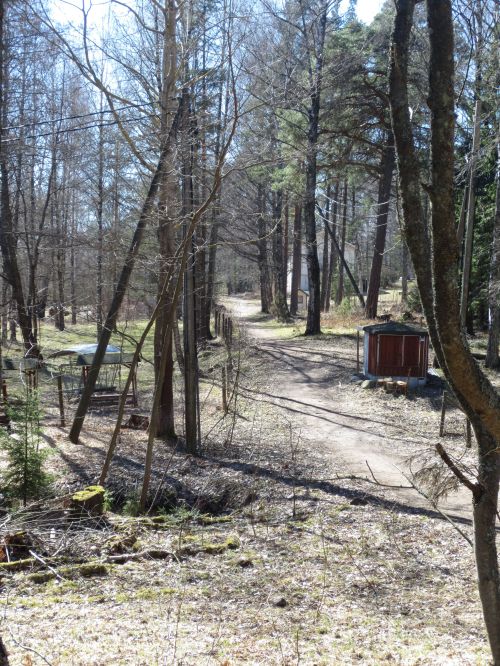
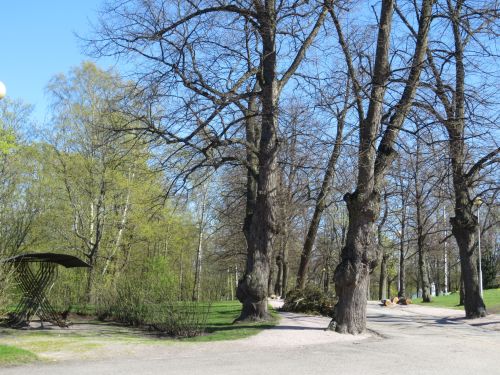
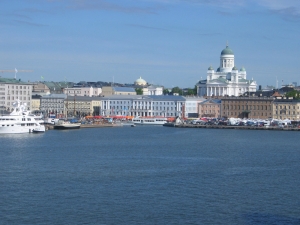
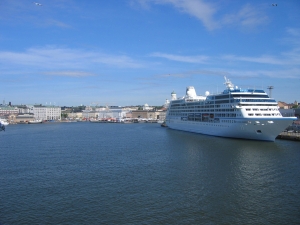

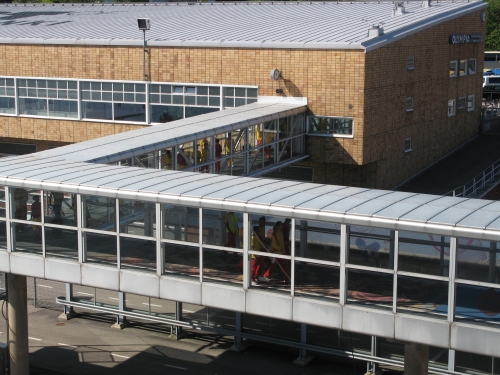
 Architecture, some folks say, is the biggest star of urban politics now. There’s some truth to this. Wherever you look, it seems, there are either thrusting cranes or brash advertising slogans proclaiming the recently-constructed, soon-to-be-opened or newly-regenerated urban experience.
Architecture, some folks say, is the biggest star of urban politics now. There’s some truth to this. Wherever you look, it seems, there are either thrusting cranes or brash advertising slogans proclaiming the recently-constructed, soon-to-be-opened or newly-regenerated urban experience.
 Helsinki is embarking on the process of reorganising this “liberated” land some 40-50 years later than the famous centres of colonial commodity trading like London or the former rustbelt towns like Pittsburgh.
Helsinki is embarking on the process of reorganising this “liberated” land some 40-50 years later than the famous centres of colonial commodity trading like London or the former rustbelt towns like Pittsburgh.


 Should you not have time you might like to find our more about this lot: “Time research institute, 2nd floor. Only by securing time”. Which translates, obviously, as “by appointment only”. If anyone knows anything about them, do let us know.
Should you not have time you might like to find our more about this lot: “Time research institute, 2nd floor. Only by securing time”. Which translates, obviously, as “by appointment only”. If anyone knows anything about them, do let us know.





 The port of Helsinki closed down harbour functions here some while ago and what we have left is largely disused building or car-parking space. So perhaps it is time to move on from the port’s understanding (see
The port of Helsinki closed down harbour functions here some while ago and what we have left is largely disused building or car-parking space. So perhaps it is time to move on from the port’s understanding (see 




 waterfront development for prestige (though note Eiran Ranta featured earlier on this blog). Helsinki has in fact been keen in recent years to improve public access and enjoyment of the waterfront and has put in some fabulous facilities along much of the way, like this, photographed, of course, before things turned grim.
waterfront development for prestige (though note Eiran Ranta featured earlier on this blog). Helsinki has in fact been keen in recent years to improve public access and enjoyment of the waterfront and has put in some fabulous facilities along much of the way, like this, photographed, of course, before things turned grim.